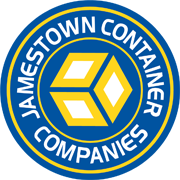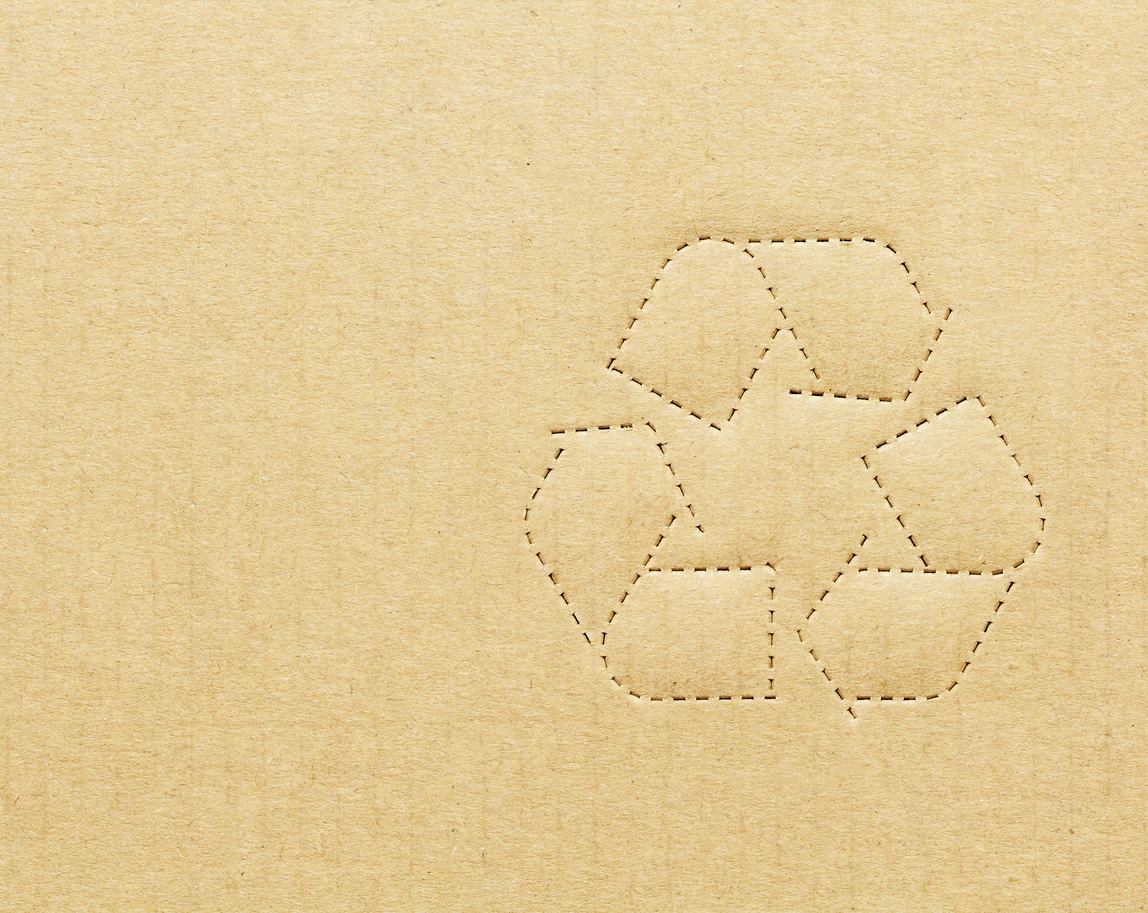More Ways to Measure Sustainability as We Head Into a New Year
New research confirms the continued rise in popularity of plant-based packaging. The Plant Based Products Council (PBPC) reported recently that 59% of consumers are interested in products and packaging made from plants — an estimated market of more than 136 million people.
This comes as no surprise amidst the consistent climb of consumer awareness and concern for environmental issues. As corrugated remains one of the most environmentally friendly packaging options to address current consumer trends surrounding sustainability, Jamestown Container has previously reported on several different aspects of environmental responsibility, like avoiding overpackaging and properly recycling corrugated materials.
With the new research supporting consumer preferences for plant-based packaging materials like corrugated, PBPC aims to follow its mission to educate companies and consumers on the benefits of plant-based alternatives when it comes to both products and packaging. One valuable resource for determining sustainability that Jamestown has yet to explore on our blog is the Life Cycle Assessment (LCA) of plant-based packaging materials.
What is LCA?
According to ScienceDirect, life cycle assessment is “a cradle-to-grave or cradle-to-cradle analysis technique to assess environmental impacts associated with all the stages of a product’s life, which is from raw material extraction through materials processing, manufacture, distribution, and use.” In more basic terms, an LCA follows a product from its resource stage to disposal and takes into account all likely environmental impacts along the way.
LCA is a useful tool in helping designers and decision-makers to consider and address negative environmental impacts in their processes. It identifies the most environmentally damaging time periods of a material’s life, allowing experts to find greener alternative methods for those specifically pinpointed parts of a product’s or package’s lifecycle.
While a formal life cycle analysis usually takes months to complete and requires application of the standardized ISO 14040 method, a rapid informal assessment can help designers make more informed decisions in a time crunch. According to “Creating Design Solutions” from Engineering for Sustainability (Gerald Jonker, Jan Harmsen, 2012) this ‘quick scan’ involves the following steps:
- Goal definition and scoping
- Define functional unit — the product or service to be measured and its amount
- Define system boundaries
- Inventory
- Define all life cycle steps
- Draw all input and output streams (air, water, and soil)
- Determine key components in each stream
- Quantify key components of streams
- Impact assessment
- Determine types of pollution
- Determine sizes of pollution
- Valuation
- Normative criterion for valuation: The new design should be better in some emission and input types and not worse on any of the other emission and input types
- Improvement
- Identify major contributions to pollutions
- Reduce pollution by re-designing relevant step
This quicker method of LCA can help keep projects on track while also letting designers and engineers in multiple industries make more informed decisions when it comes to sustainability efforts.
Plant-Based Corrugated Packaging LCA
Corrugated materials have many known environmental benefits, like almost all corrugated boxes being made with material sourced from programs such as the Sustainable Forestry Initiative (SFI), Forest Stewardship Council (FSC), and American Tree Farm System (ATFS). Corrugated is also the most recycled packaging material, with 96 percent of corrugated produced in 2018 recovered for recycling, and almost all of that material used to make new products. Additionally, corrugated is considered highly renewable, since it is a form of plant-based packaging that can be made and remade from recycled plant fibers combined with new materials.
But how does corrugated fare in LCA? Corrugated’s most recent LCA update was completed in 2017 by the Corrugated Packaging Alliance (CPA). It is the third published LCA for corrugated and shows a 35 percent reduction in GHG emissions between 2006 and 2014. The LCA answers the question, “What is the cradle-to-grave impact of one kilogram of corrugated product on the environment?” and compares results from data collected in 2006, 2010, and 2014.
The corrugated LCA stages start with forestry, leading into containerboard mills that require raw materials, coatings, adhesives, etc., and give off emissions to air, water, and soil. Next is converting plants that require energy, fuels, and electricity while also giving off emissions. Then the transport to customer-use phase leads finally to end-of-life, which includes either recycling or landfill incineration.
The study looks at seven environmental impact indicators, including global warming potential, ozone depletion, photo-chemical oxidation (smog), acidification, eutrophication, respiratory effects (particulates), and fossil fuel depletion. It also looks at four inventory indicators, which are non-renewable energy demand, renewable energy demand, water use, and water consumption. The most recent corrugated LCA data found a decrease in almost all of these factors, excluding fossil fuel and ozone depletion between 2010 and 2014, with all 2014 numbers arriving below the 2006 baseline.
Overall, the study concludes that the corrugated industry’s commitment to constantly improving processes to provide plant-based packaging in the greenest methods possible has led to significant process improvements that reduce energy use, increase the use of more efficient fossil fuels, and increase the recovery and re-use of materials at the material’s end-of-life. This helps corrugated maintain and improve its reputation as one of the most sustainable packaging options over time.
Jamestown’s Commitment to Sustainability
Jamestown Container has been providing better solutions for sustainable packaging for more than 60 years. We minimize negative environmental impact in all of our facilities by using the ultimate in lightweight, 100% recycled linerboard from Greenpac Mill, which has one of the lowest amounts of paper mill landfill waste in the country. We offer a robust selection of plant-based packaging and materials made from recycled content. Partner with us for ethical packaging that will better position your company to meet green standards.
Ready for Plant-Based Packaging?
Jamestown Container has been helping companies package sustainably without sacrificing quality or customization for decades. Our team of talented experts works directly with our partners to find the best packaging solutions for their unique needs in not only environmental friendliness, but also brand expression and product protection. Let Jamestown help you become both greener and more competitive in 2021. Contact us today to learn more.


